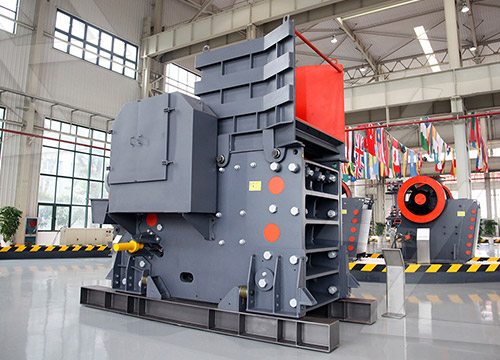The feed opening is one of the most important dimensions of a jaw crusher. It determines the maximum size of material that can be fed into the crusher. This dimension is usually denoted as the width x depth, for example, 900 x 600 mm, where the width refers to the gap at the top where material is fed, and the depth refers to the vertical distance between the fixed and movable jaws. A larger feed opening allows the crusher to handle bigger chunks of material.

Next is the discharge opening or the output gap. This refers to the smallest gap between the jaws at the bottom of the crushing chamber, which controls the size of the output material. The size of the discharge opening can often be adjusted to produce the desired size of crushed material. For example, it may range from 40 mm to 100 mm, depending on the machine model and the size of material being processed.
The overall crusher size and frame dimensions also play a significant role in the equipment’s design. These include the length, width, and height of the entire unit, including the base frame. Crushers designed for larger applications may have dimensions like 2.5 m in length and 2 m in height. These measurements determine the space required for installation, as well as the transportation and placement logistics at a mining or construction site.
Additionally, the jaw plate dimensions are critical. The jaw plates are the surfaces that come into contact with the material being crushed. Their size and surface area influence the wear and the crushing efficiency. Jaw plate thickness can vary between 25 mm to 75 mm, depending on the machine size. Larger jaw plates can extend the machine’s life, as they can withstand more wear and tear from abrasive materials.
Finally, the eccentric shaft length and diameter also form an important set of dimensions. The eccentric shaft drives the movable jaw, imparting the crushing force. The size and strength of the eccentric shaft impact the crusher’s ability to handle different types of materials. A typical jaw crusher might have a shaft diameter of around 160 mm and a length of 2 meters or more, depending on the capacity of the crusher.


